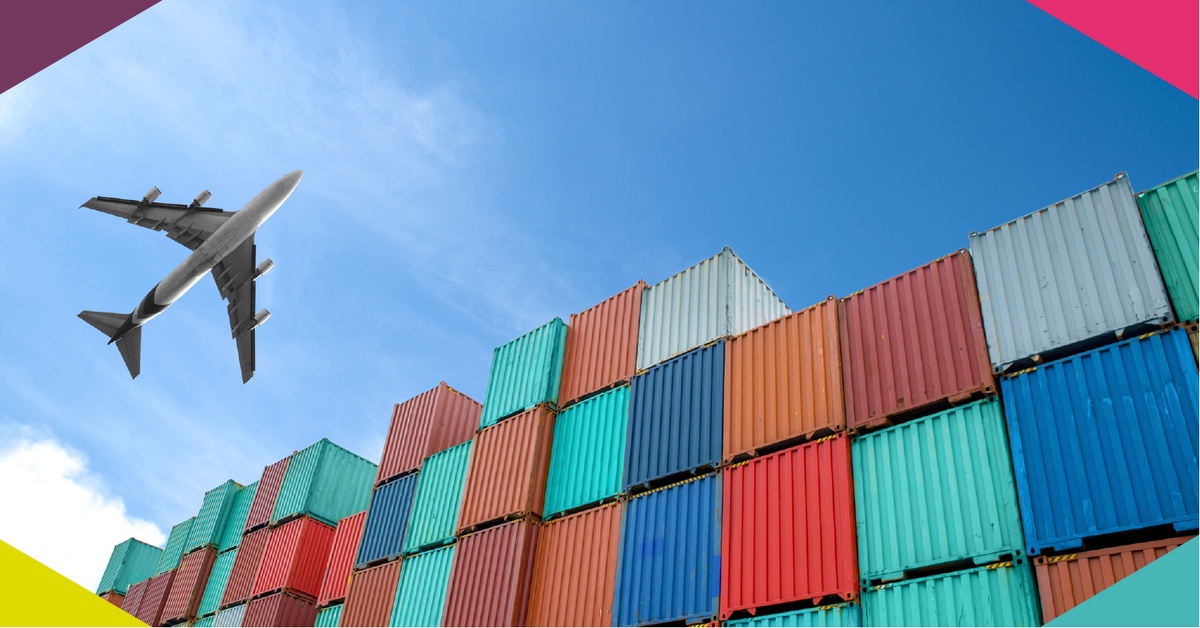Air freight, the fastest mode of international transportation, plays a vital role in today's globalized economy. However, for your shipment to reach its final destination swiftly, a crucial step needs to be completed: customs clearance. Customs clearance involves ensuring your air freight shipment complies with the import and export regulations of the destination country. This guide will provide a step-by-step breakdown of the air freight customs clearance process, equipping you to navigate this essential step with confidence.
Understanding Customs Clearance:
it's essential to be prepared for customs clearance before your air Freight shipment even arrives,.
Customs clearance refers to the process by which customs authorities in the destination country examine and approve the entry of imported goods. This process verifies that your shipment adheres to all relevant regulations, including:
Import duties and taxes:
You may be required to pay import duties and taxes on your goods, depending on their value, classification, and the destination country's regulations.
Prohibited and restricted goods:
Certain items are prohibited or restricted from import into specific countries. Understanding these restrictions beforehand is crucial to avoid delays and potential penalties.
Licensing and permits:
Some goods may require specific licenses or permits for import. Researching any necessary permits well in advance can expedite the clearance process.
Gather necessary documentation:
Commercial invoice:
This document outlines the value, quantity, and description of your goods.
Packing list:
This details the contents of each package in your shipment.
Bill of lading (BOL):
This serves as a receipt for your shipment and a contract of carriage between you and the air carrier.
Certificate of origin:
This document verifies the country where your goods were manufactured.
Other relevant documents:
Depending on the specific goods and destination country, additional documents like licenses, permits, or inspection certificates may be required.
Classify your goods accurately:
Assigning the correct customs classification code to your goods is crucial for determining the applicable duties and taxes. Consult customs regulations or seek guidance from a customs broker if unsure about the classification.
Prepay duties and taxes (optional):
While not always required, prepaying duties and taxes can expedite the clearance process by minimizing delays upon arrival.
The Customs Clearance Process:
Once your air freight shipment arrives at the destination airport, the customs clearance process officially begins. Here's a breakdown of the typical steps involved:
Customs Entry Filing:
Your freight forwarder or customs broker will electronically file an entry with customs authorities, providing detailed information about your shipment and the accompanying documentation.
Document Review:
Customs officials will review the submitted documentation to ensure accuracy and compliance with regulations. Any discrepancies or missing documents can lead to delays. 3. Physical Inspection (optional):
In some cases, customs may select your shipment for a physical inspection to verify the contents against the declared information.
Duty and Tax Payment:
Once your shipment has been cleared, you will be required to pay any applicable import duties and taxes. Your freight forwarder or customs broker can facilitate this process.
Release of Goods:
Upon successful completion of all steps, your shipment will be released from customs and can be delivered to its final destination.
Working with a Customs Broker:
While you can manage the customs clearance process yourself, partnering with a licensed customs broker is highly recommended. Customs brokers possess extensive knowledge of import and export regulations and can provide valuable assistance throughout the process. They can:
Ensure proper documentation:
Customs brokers can verify the accuracy and completeness of your documentation, minimizing the risk of delays or penalties.
Navigate complex regulations:
Customs regulations can be intricate and vary by country. A customs broker can guide you through the specific requirements for your shipment.
Facilitate communication:
Customs brokers can effectively communicate with customs authorities on your behalf, expediting the clearance process.
Minimize risk of errors:
An experienced customs broker can help avoid costly mistakes that could lead to delays, fines, or even the seizure of your goods.
Final Thoughts:
Customs clearance can seem daunting, but with careful preparation and the right guidance, it can be a smooth and efficient process. By following this step-by-step guide and understanding the benefits of working with a customs broker, you can ensure your air freight shipments reach their destination swiftly and avoid unnecessary delays. Remember, a seamless customs clearance experience keeps your global supply chain running smoothly.


No comments yet